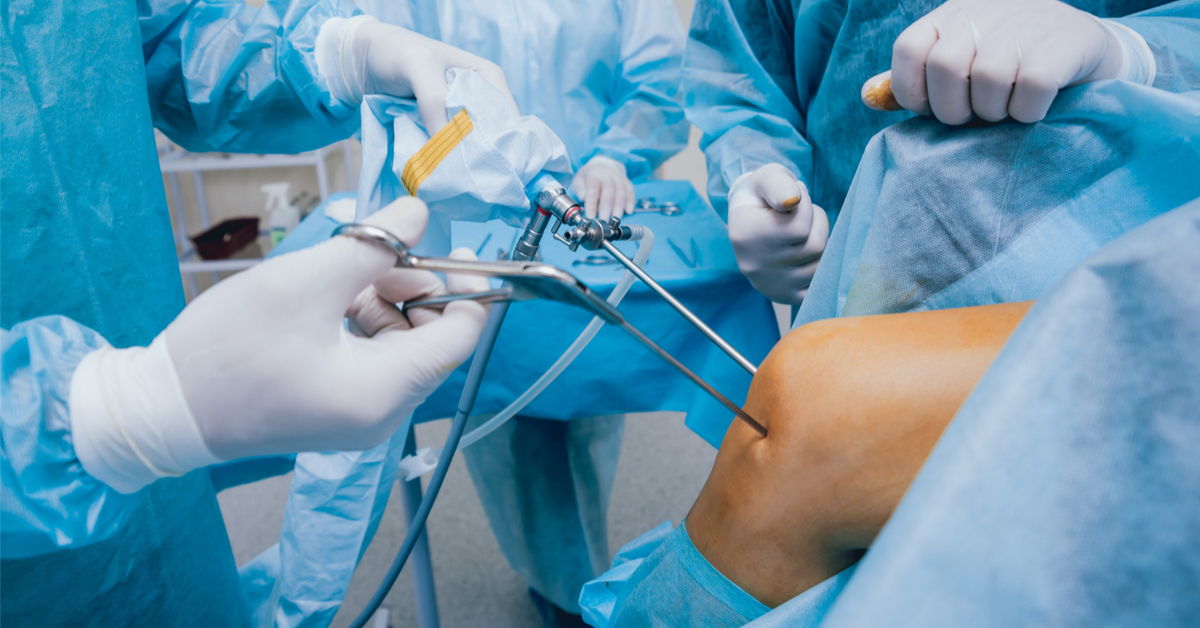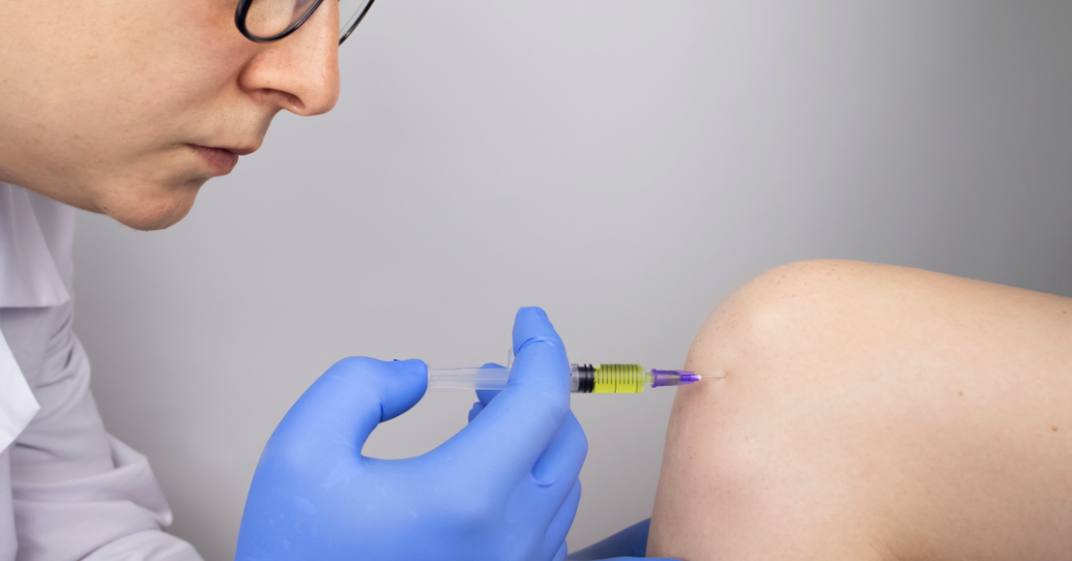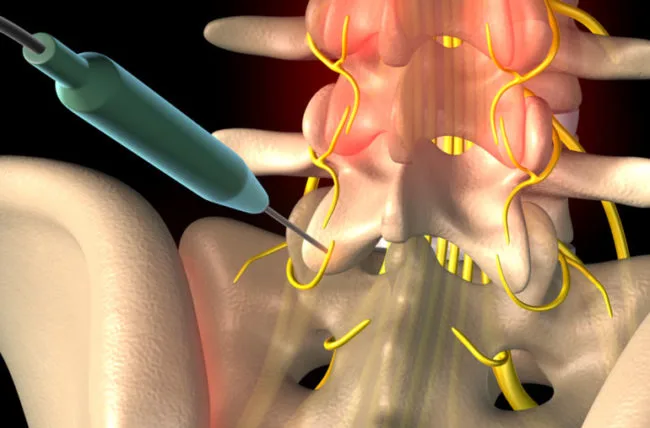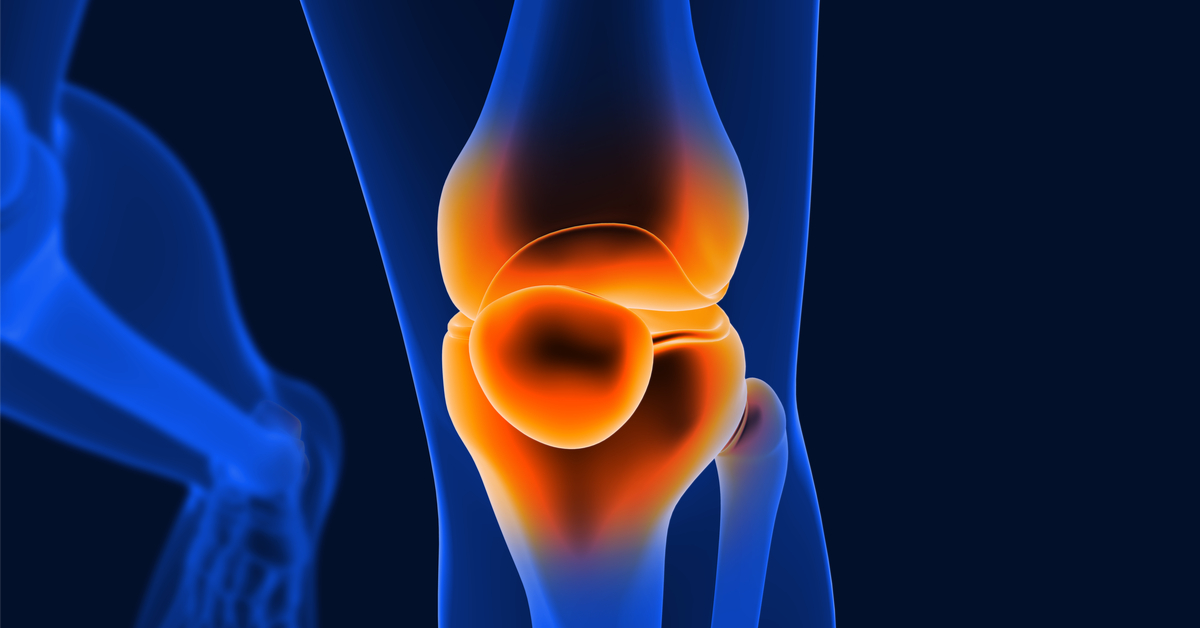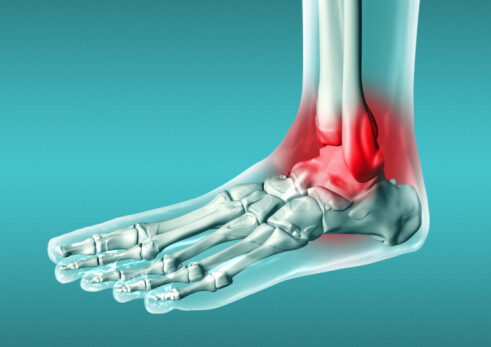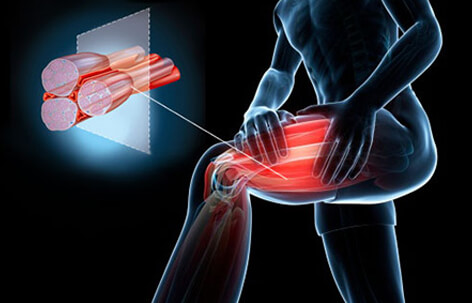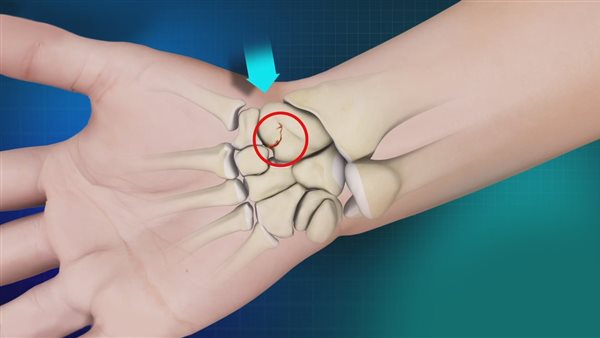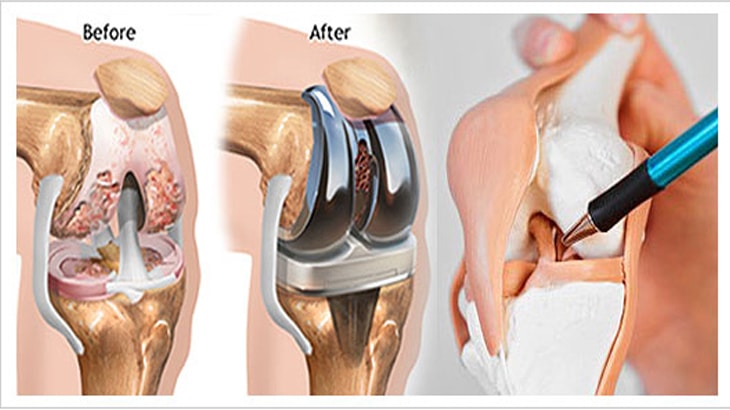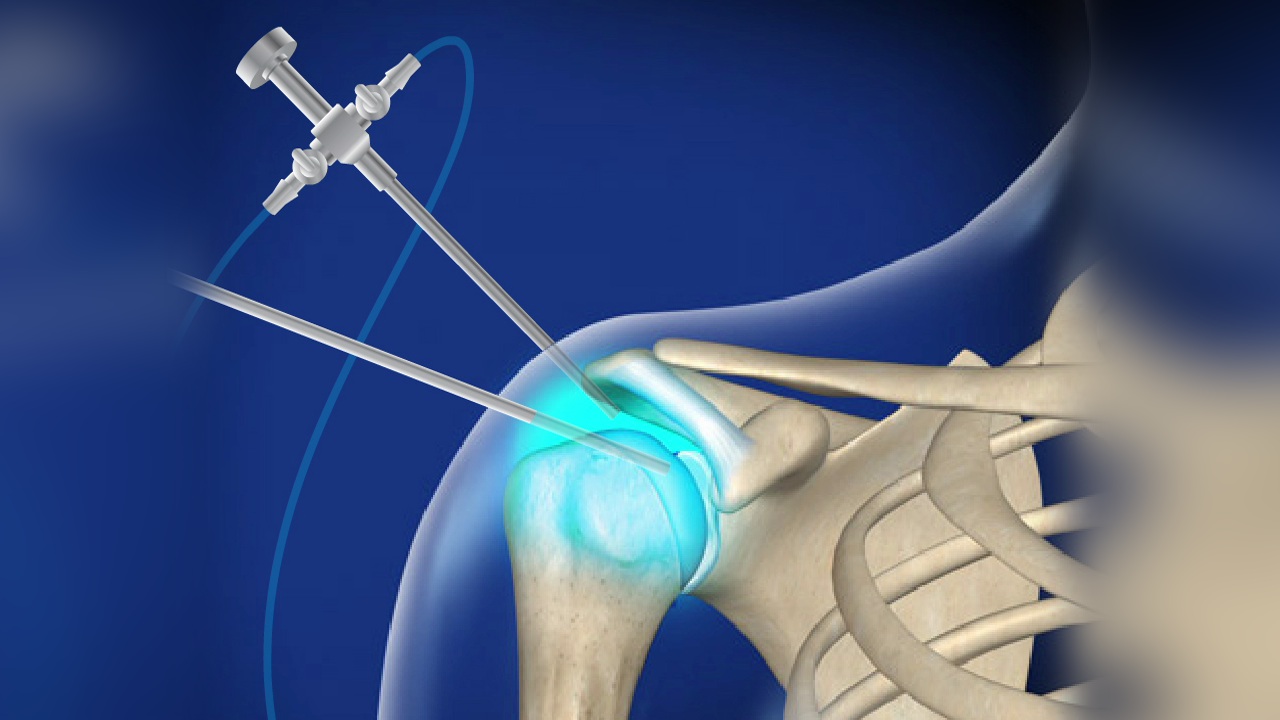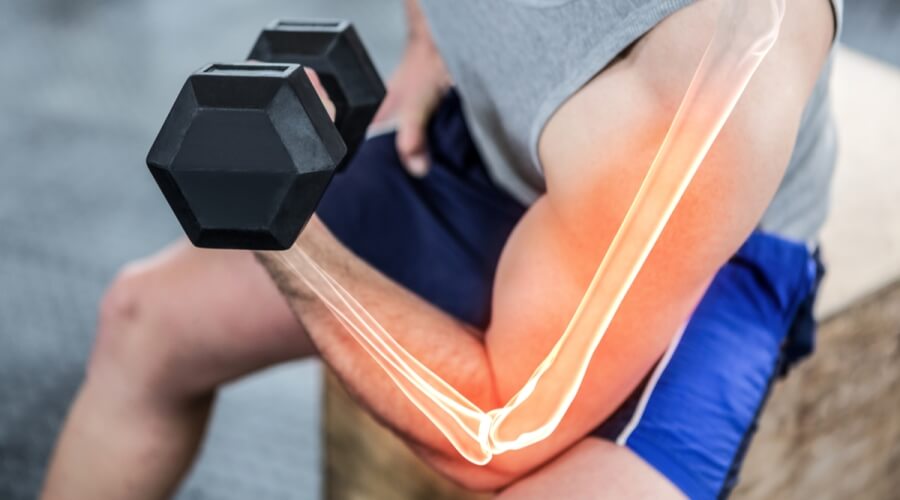Discover the cost of knee cartilage surgery in Egypt and its essential steps!
The cost of knee cartilage surgery in Egypt. Knee injuries are numerous and diverse, and among them, cartilage degeneration is one of the prevalent problems that has a negative impact on an individual’s mobility. Knee cartilage surgery in Egypt is one of the medical procedures undergone by many patients who have experienced damage or tearing of the cartilage. You can learn more about all the details related to knee cartilage and the procedure in the following article.
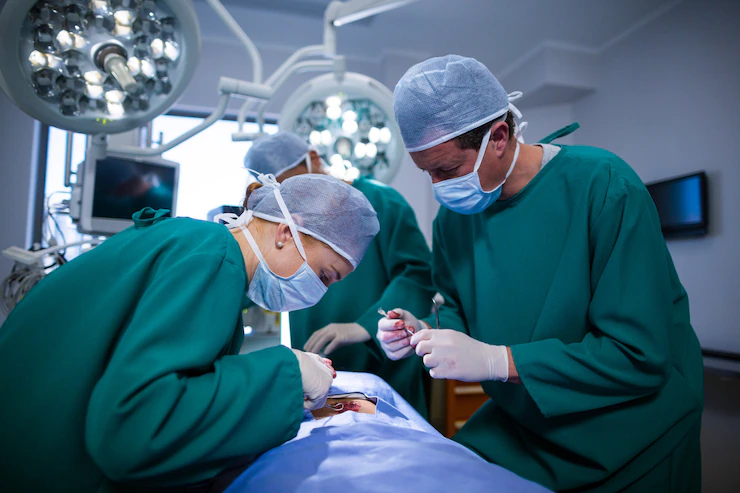
The cost of knee cartilage surgery in Egypt
Knee cartilage is one of the parts that make up the knee joint, acting as flexible cushions that line the bones in the knee joint. Cartilage aids in the natural function of the knee and helps absorb shocks that occur during physical activities such as sports or daily activities. It also facilitates smooth joint movement in general.
The cost of knee cartilage surgery in Egypt ranges from 30,000 to 45,000 Egyptian pounds. Dr. Amr Amal, the renowned orthopedic surgeon, offers competitive prices for knee cartilage surgery. In his clinic, you will find the necessary care that aids in a speedy recovery while ensuring psychological comfort, which is one of the first steps to achieving a faster healing process.
What is knee cartilage?
A person’s movement primarily relies on the joints in the body, as they connect different parts of the body and are crucial for mobility. One of the most important joints in the body is the knee joint, composed of several components, including cartilage. Cartilage is a flexible disk that lines the knee joint and connects the bones. These tough tissues act as shock absorbers, protecting individuals from the pressure and impact of sudden movements or collisions.
Knee cartilage does not contain blood vessels or nerves, but it is surrounded by a gel-like substance that provides it with necessary nutrients. Therefore, if any tearing, cutting, or damage occurs to the cartilage, it is challenging for it to self-repair. Therefore, individuals must be vigilant about the health of their knee cartilage to avoid medical issues such as joint roughness, which limits a person’s mobility.
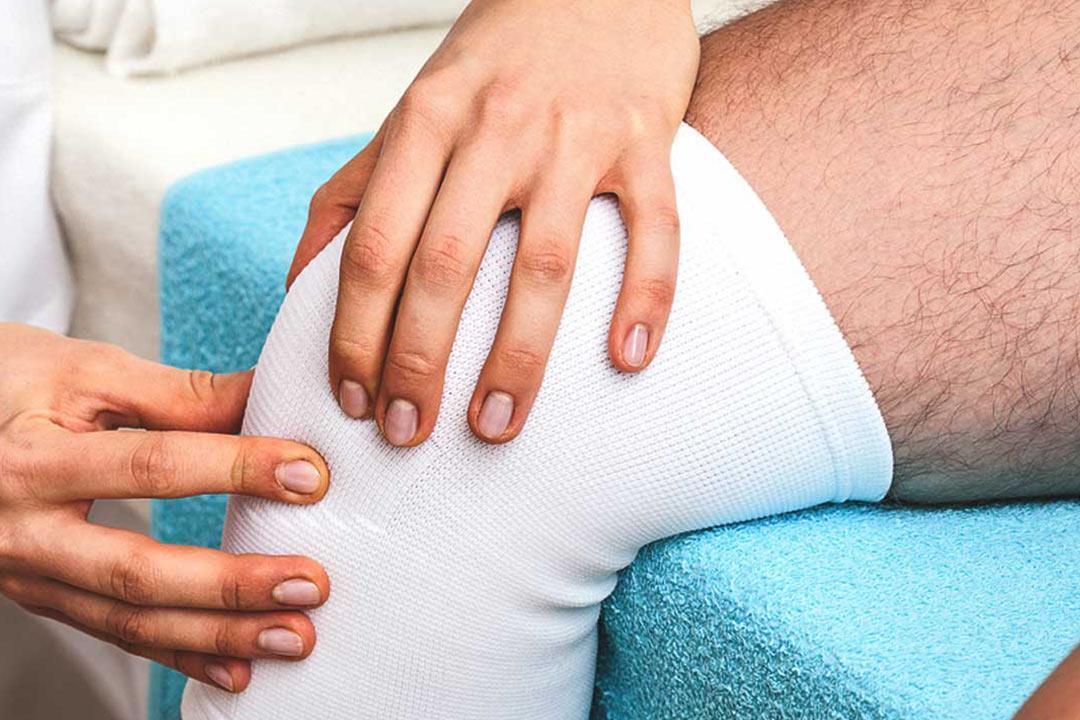
What are the causes of knee cartilage injuries?
Knee injuries are common, affecting both athletes and regular individuals. The knee joint, being one of the largest joints in the body, bears a significant portion of a person’s weight, especially during physical activities. Consequently, the knee joint and its cartilage are prone to various types of injuries that negatively impact an individual’s mobility.
There are several causes of knee cartilage injuries, including:
- Direct falls onto hard surfaces can lead to knee problems.
- Direct blows to the knee can result in cartilage damage.
- Tearing or damage to knee cartilage can occur due to lifting heavy objects and putting pressure on the knee cartilage.
- Inactivity and lack of regular physical activity that strengthens the muscles and joints can lead to knee cartilage problems.
- Cartilage tearing and wear can occur as a sign of aging and aging-related issues.
It is essential to prioritize the protection and preservation of knee cartilage to prevent wear and damage, as any harm to it can lead to difficulties in movement and reduced range of motion, making individuals uncomfortable in their daily activities. For more information on the causes of knee cartilage degeneration, click here.
Symptoms of Knee Cartilage Injury
Any tearing or damage to the cartilage has a negative impact, extending its effects to the joint itself, making it difficult for the person to move their knee naturally. Some symptoms may appear in the patient, indicating cartilage damage or tearing. These symptoms include:
- Discomfort in the knee during both activity and rest.
- Pain in the joint that increases with daily activities.
- Other signs like swelling and redness of the skin around a specific area of the knee.
- Reduced natural knee movement with an inability to regain full range of motion.
- Audible popping or grinding sounds in the knee when moving it.
- Significant difficulty in bending the knee.
- In rare cases, bleeding in the joint and changes in skin color.
- Knee warmth and an increased temperature are not considered favorable signs.
Paying attention to these symptoms and initiating prompt treatment can help the patient overcome the critical stage, improve the condition of the knee joint, and regain activity. To gain more confidence, we provide diagnostic procedures in Dr. Amr Amal’s clinic that can determine the knee’s condition and appropriate treatment methods.

Can one live with knee cartilage degeneration?
Living with cartilage degeneration can be challenging because cartilage generally affects knee movement. However, if tearing or degeneration of the cartilage occurs on the inner part of the knee, individuals may be able to live with it as it typically does not cause severe pain as in the case of external cartilage damage.
In both cases, physical therapy and extended periods of rest for the knee are essential solutions that help individuals adapt to the condition of cartilage damage or tearing in the knee. Regular medical follow-ups are also necessary if symptoms worsen, as this indicates an increase in the damage to the cartilage.
Prepare to enjoy a pain-free and unrestricted life with knee cartilage treatment provided by Dr. Amr Amal, who brings expertise and professionalism to the field.
Can knee cartilage be treated without surgery?
Treatment options for torn or damaged knee cartilage may involve several steps to improve knee condition and help individuals return to their normal daily or sports activities, ensuring their satisfaction. There are two main types of treatment for knee cartilage: surgical and non-surgical.
In general, patients may require a set of non-surgical instructions and steps to treat damaged or torn knee cartilage. Non-surgical treatment methods include:
Conservative Treatment
In this type of treatment, your doctor will provide you with some instructions, such as increasing rest time and avoiding stressing the knee. It’s also essential to refrain from engaging in sports for a period while using cold water compresses to help improve your condition. Elevating your leg can reduce swelling.
Medical Treatment
The individual may need pain relievers and anti-inflammatory drugs to reduce any infection or inflammation that has negatively affected knee cartilage. These medications alleviate pain and redness, enabling the patient to partially return to their activities.
Physical Therapy
Physical therapy, combined with exercise, strengthens the leg muscles, reducing pressure on the knee and cartilage. The person will start feeling comfortable and experience improved mobility as a result.
Receiving early treatment for any knee cartilage issues is a crucial step in improving one’s condition and accelerating the return to normal physical activity.

Preparation for Knee Cartilage Surgery
The patient may require knee cartilage surgery to restore their previous level of movement without the need for medications or general mobility restrictions, making them feel more comfortable. However, before undergoing knee cartilage surgery, several steps may be necessary to prepare the patient:
- The doctor begins with a physical examination to assess the knee’s condition and the extent of damage.
- The doctor may request X-rays and MRI scans to determine any damage or injury to other parts of the knee.
- It is essential for the patient to disclose any medications they are currently taking.
- The doctor discusses anesthesia options and potential side effects after the surgery.
- On the day of the operation, the patient should refrain from eating for at least 8 hours and avoid consuming any beverages.
Good preparation before the procedure at Dr. Amr Amal’s clinic is the first step toward a successful operation that results in improved knee cartilage condition.
How Is Knee Cartilage Surgery Performed?
The primary goal of knee cartilage surgery is to restore the cartilage and achieve its natural function without causing additional pain to the patient. Knee cartilage surgery, performed using arthroscopy, involves several simple steps:
- The patient is partially anesthetized and secured in a specific device to minimize natural movement during the surgery.
- After anesthesia, the surgeon creates three to four openings or incisions in a specific location on the knee.
- These openings are used to insert the arthroscope and specialized surgical instruments.
- The surgeon applies a sterile solution to ensure clear visibility through the arthroscope used in the knee.
- The doctor inserts precise instruments for the arthroscopic knee procedure.
- After repairing the knee, the surgeon suctions the sterile solution and removes the arthroscope and instruments.
- The surgeon then closes the incisions and places natural dressings on them.
The patient needs to return to their room for further examinations and to ensure vital functions in the body are stable.
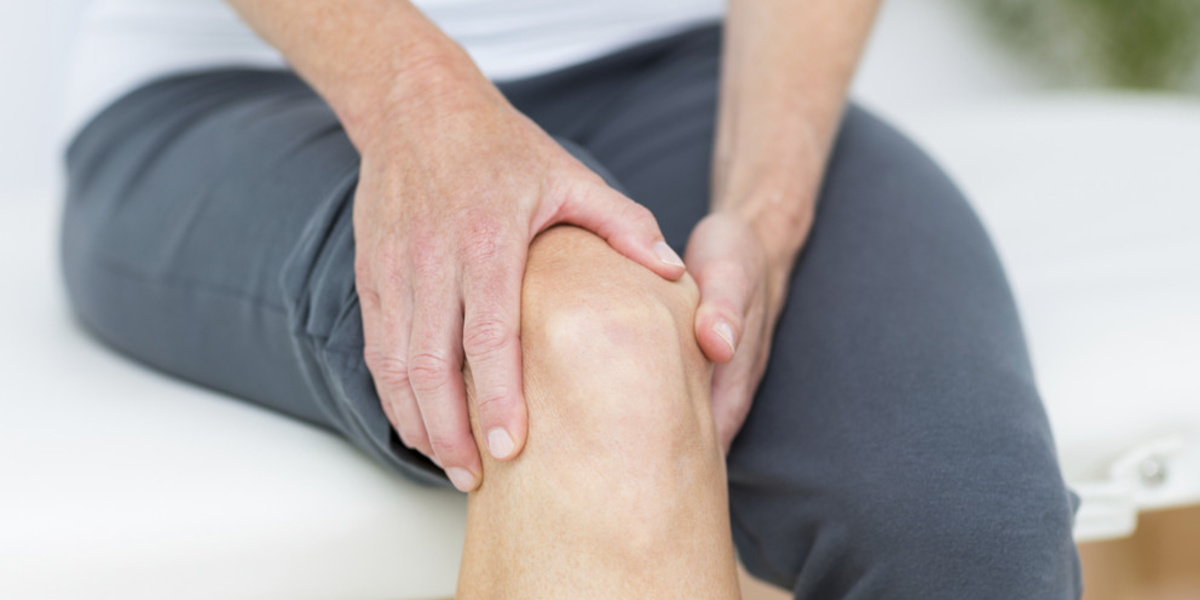
Post Knee Cartilage Surgery
The most challenging stage after knee cartilage surgery is the immediate post-operative period, during which the patient may experience:
- Severe pain that necessitates the use of strong pain relievers to manage.
- Application of numerous dressings and a brace to prevent surgical failure or displacement of the cartilage before the patient fully recovers.
- Significant difficulty in walking or placing weight on the operated knee. Rest is crucial to avoid anticipated complications.
Post Knee Cartilage Surgery Tips
Knee cartilage surgery is one of the most common medical procedures for torn or damaged cartilage. Typically, it follows non-surgical or conservative treatments if the desired results are not achieved. After surgery, patients should follow several instructions and steps to facilitate a speedy recovery.
Here are some post-knee cartilage surgery tips from Dr. Amr Amal:
- The patient should only start walking after receiving approval from the doctor and ensuring their health status.
- It is crucial for the patient to maintain the cleanliness of dressings and prevent contamination that may affect wound healing.
- Maintain a healthy diet to restore the body’s balance and reduce weight, minimizing stress on the knee.
- Use cold water compresses to reduce swelling, a common symptom after knee cartilage surgery.
- Keep the leg elevated to prevent further swelling.
- Take the prescribed medications to expedite the recovery process.
- Begin your physical therapy program immediately after surgery to minimize complications.
- Regular medical follow-up to ensure the patient’s safety and the success of the surgery.
Patient attention during the post-knee cartilage surgery period and adherence to medical instructions are crucial factors in achieving a faster full recovery and a return to daily activities without negative effects.
How Long Does Knee Cartilage Surgery Take?
Arthroscopic knee cartilage surgery has become a relatively simple medical procedure, primarily because arthroscopy is a minimally invasive surgical tool that does not negatively impact tissues. This shortens the recovery period and reduces complications like bleeding and infection after the operation. Knee cartilage surgery can take anywhere from 45 to 90 minutes, after which the patient returns to their room.
Success Rate of Knee Cartilage Surgery in Egypt
Undergoing knee cartilage surgery with Dr. Amr Amal, the best orthopedic surgeon in Nasr City, can be one of the factors that increase the chances of success in knee cartilage surgery. Dr. Amr Amal brings with him many years of experience and study in this field. The success rate of knee cartilage surgery can reach over 95%, and the patient begins to return to their normal activities.
Performing arthroscopic knee cartilage surgery with us offers several advantages, including:
- Minimal pain for the patient, and infection is uncommon.
- Fewer complications compared to traditional surgical methods.
- Quick recovery and a shorter healing period for the patient.
- A small surgical incision minimizes damage to tissues.
- The patient doesn’t have a large surgical scar after the operation.
Best Doctor for Knee Cartilage Surgery in Egypt
Choosing a skilled orthopedic surgeon when undergoing knee cartilage surgery in Egypt is undoubtedly one of the most critical factors in achieving a high success rate and a better return to normal mobility. Therefore, we recommend Dr. Amr Amal, one of the best orthopedic doctors in Egypt and a member of the Egyptian Society for Orthopedic Surgery. He is your safe gateway to a successful knee cartilage surgery and the recovery you dream of.
What Is the Recovery Time After Knee Cartilage Surgery?
Patients with knee cartilage issues require a period of rest after surgery to improve their condition and prevent stressing the knee. The duration of rest may be several weeks after surgery, after which the patient can gradually return to their normal life. Following this, they can resume their studies or work with some instructions to prevent knee setbacks after the operation.
The complete recovery period after knee cartilage surgery ranges from 6 to 8 weeks. During this time, the patient must fully adhere to the instructions provided by the doctors to achieve the desired recovery. Medical follow-up during this period is essential to avoid complications and to track the patient’s progress and any changes in the doctor’s instructions.
Is Knee Cartilage Surgery Difficult?
Knee cartilage surgery is not considered a difficult medical procedure. It can now be performed arthroscopically, which is a minimally invasive surgical approach that does not affect the knee tissues, minimizing the risk of tissue damage and ensuring smooth wound healing. There is little concern about undergoing knee cartilage surgery.
Post-Operative Knee Cartilage Surgery Complications
Knee cartilage surgery is similar to other medical procedures in that it can have some adverse effects on the patient, although these are rare. Complications of knee cartilage surgery may include:
- Risk of bacterial infection at the surgical site.
- Occurrence of bleeding at the incision site.
- Potential nerve damage.
- Development of knee stiffness, which may appear after the surgery.
- Some patients may experience numbness in the surgical area.
- Movement of the knee may be accompanied by a clicking sound that doesn’t disappear.
- There may be slight restriction in the patient’s movement and walking.
- Some cases may develop hematoma (blood collection) in the knee area.
Most of these knee complications can be avoided if the patient undergoes proper physical preparation before surgery and if arthroscopy is used during the procedure, which helps minimize potential complications. You can find all these procedures and more when undergoing surgery with Dr. Amr Amal.
When Can the Patient Walk After Knee Cartilage Surgery?
Regaining natural knee mobility after cartilage surgery may require some time before the patient can return to their normal physical activities. During this period, it’s important for the patient to consider regular medical follow-ups to ensure they can walk normally again. Typically, this occurs after 6 weeks from the surgery.
Knee Flexion After Cartilage Surgery
Regaining full knee flexion after cartilage surgery may take several weeks, depending on the post-operative physical therapy regimen. Following the therapy instructions provided by the doctors is crucial for the patient’s comfort and recovery. Full knee flexion typically means being able to bend the knee at a 90-degree angle. Complying with the doctor’s advice and ongoing communication with them can help improve knee range of motion faster, making knee flexion easier.
Here are some important tips provided by the doctor:
- The patient should walk cautiously and avoid rushing during the initial walking phase. If they need to climb stairs, they should start with the unaffected leg first and then the affected leg.
- The patient should use crutches during the recovery period and even when going out, as they help reduce pressure on the injured knee.
- In some cases, the patient may not be able to walk rapidly immediately after the surgery. Proper walking techniques should be followed.
- There are cases where the doctor discharges the patient from the hospital a few hours after the surgery and relies on crutches for support.
Knee Effusion After Cartilage Surgery
Some patients may experience knee effusion, commonly known as the accumulation of fluid in the knee, as a complication following cartilage surgery. This condition can be overcome and treated through the following methods:
- For mild to moderate effusion, which is the most common occurrence, it can be managed by applying both warm and cold compresses to the knee. Additionally, elevating the leg slightly above the body level and ensuring some rest is important.
-
In cases of severe effusion, a doctor may perform a medical procedure to drain the accumulated fluid from the knee. This is done using a specialized needle. It is also crucial to follow a physical therapy program that utilizes pressure devices to eliminate excess fluids and protect the cartilage.



